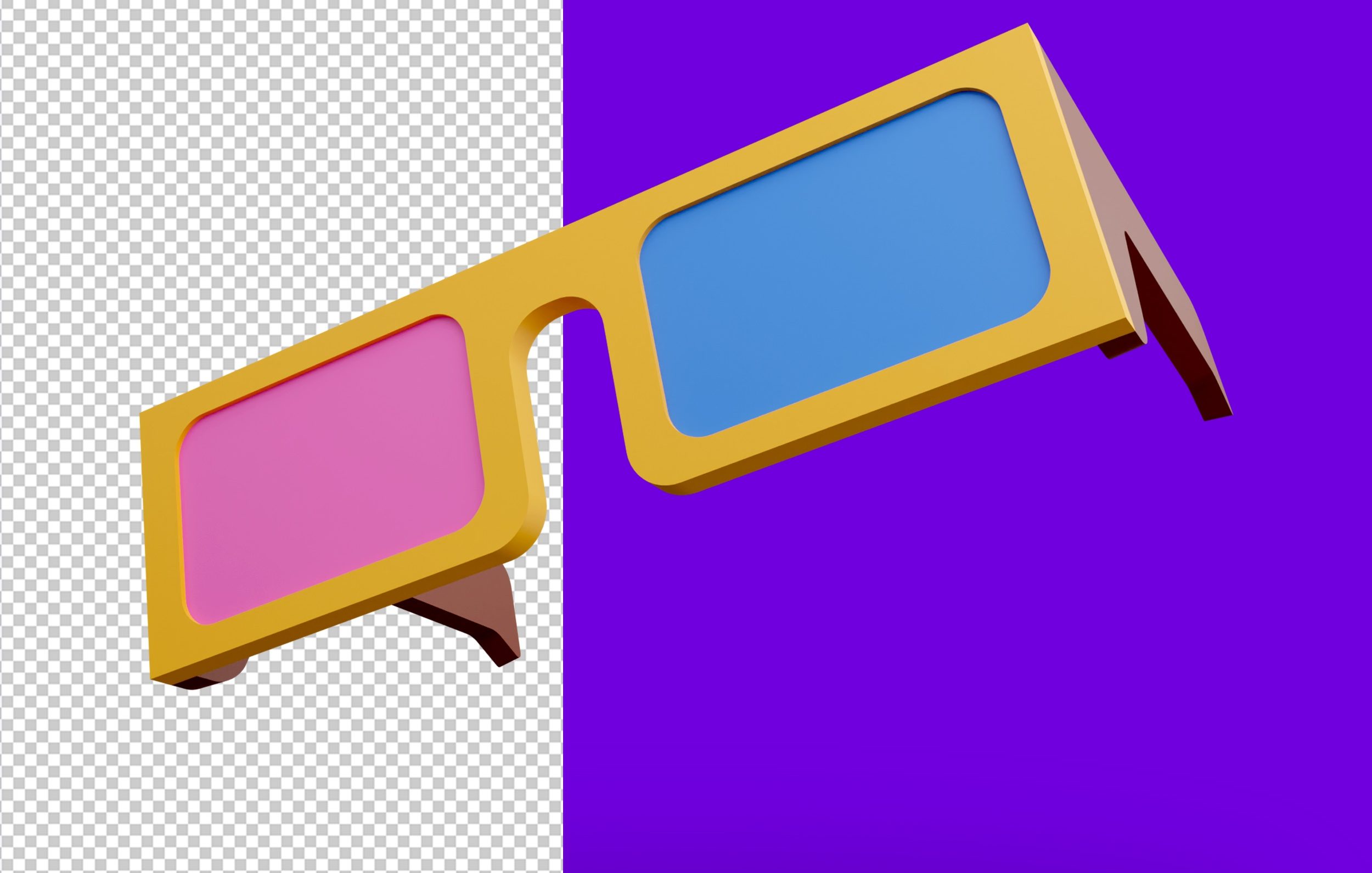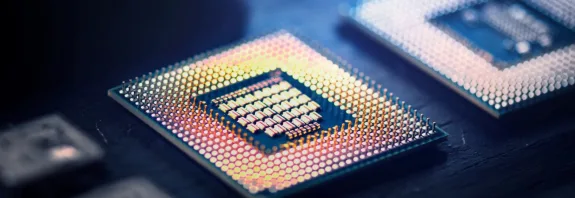3D TVs – Why Did They Stop Being Produced?

3D TVs Were One of the Most Talked-About Technological Innovations of the 2010s
3D TVs – Why Did They Stop Being Produced?
These devices allowed viewers to enjoy an impressive depth and volume effect in video content, made possible through special 3D glasses. However, over time, demand for 3D TVs began to decline sharply, and many companies eventually ceased production of these devices altogether.
Initially, gained some popularity among consumers, particularly among movie enthusiasts and gamers. However, it soon became clear that the advantages of 3D TVs did not justify their high cost and complexity of use. In particular, the 3D glasses required to view 3D content were not convenient or comfortable enough for many users.
Many TV manufacturers began shifting their focus to other technologies. Such as 4K and HDR, which offered significantly higher video quality. These technologies proved more appealing to consumers and increased the competitiveness of TVs in the market.
Additionally, producing was an extremely complex and costly process, requiring substantial investments in research and development. As demand for these devices waned, manufacturers decided to stop allocating resources to further develop 3D technology.
Ultimately, market demand dictates which technologies manufacturers will continue to pursue and which they will abandon. In the case of 3D TVs, the decision to phase out this technology was driven by a lack of widespread consumer interest.
3D Technology Lives On in Other Areas
Despite 3D TVs not achieving the popularity initially anticipated. 3D technology remains alive and is still utilized in other industries. Such as cinemas and video games. For example, many movie theaters continue to offer 3D film screenings. And some video games leverage 3D technology to enhance their graphics.
However, in the current TV market, 3D technology is no longer a priority for most manufacturers. Instead, companies are focusing on improving existing technologies like 4K and HDR, which deliver high-quality video and a more comfortable viewing experience.
Thus, the discontinuation of 3D TVs was driven by low demand, high costs, and the inconvenience of use. Manufacturers have shifted their efforts toward developing other technologies that are more appealing to consumers and provide superior video quality.









